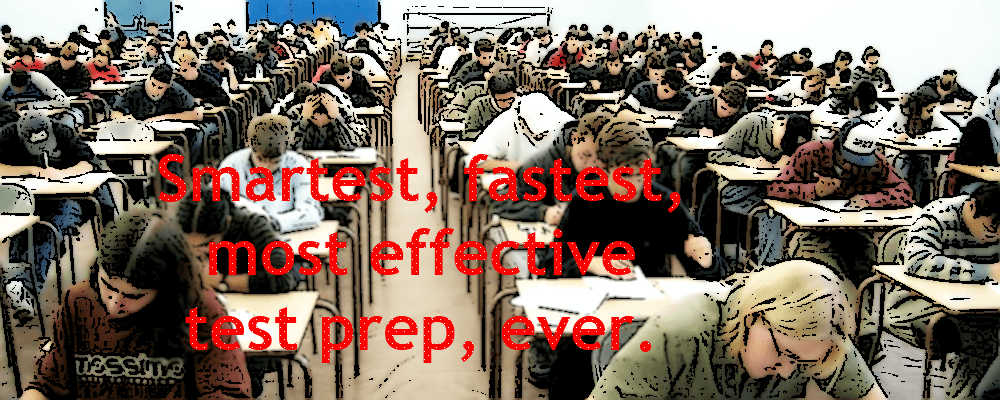Exam Topics
1 Atomic Structure and Properties (7-9%)
1.1 Moles and Molar Mass
1.2 Mass Spectroscopy of Elements
1.3 Elemental Composition of Pure Substances
1.4 Composition of Mixtures
1.5 Atomic Structure and Electron Configuration
1.6 Photoelectron Spectroscopy
1.7 Periodic Trends
1.8 Valence Electrons and Ionic Compound
2 Molecular and Ionic Compound (7-9%)
2.1 Types of Chemical Bonds
2.2 Intramolecular Force and Potential Energy
2.3 Structure of Ionic Solids
2.4 Structure of Metals and Alloys
2.5 Lewis Diagrams
2.6 Resonance and Formal Charge
2.7 VSEPR and Bond Hybridization
3 Intermolecular Forces and Properties (18-22%)
3.1 Intermolecular Forces
3.2 Properties of Solids
3.3 Solids, Liquids, and Gases
3.4 Ideal Gas Law
3.5 Kinetic Molecular Theory
3.6 Deviation from
3.7 Solutions and Mixtures
3.8 Representations of Solutions
3.9 Separation of Solutions and Mixtures Chromatography
3.10 Solubility
3.11 Spectroscopy and the Electromagnetic Spectrum
3.12 Photoelectric Effect
3.13 Beer-Lambert Law
4 Chemical Reactions (7-9%)
4.1 Introduction for Reactions
4.2 Net Ionic Equations
4.3 Representations of Reactions
4.4 Physical and Chemical Changes
4.5 Stoichiometry
4.6 Introduction to Titration
4.7 Types of Chemical Reactions
4.8 Introduction to Acid-Base Reactions
4.9 Oxidation-Reduction (Redox) Reactions
5 Kinetics (7-9%)
5.1 Reaction Rates
5.2 Introduction to Rate Law
5.3 Concentration Changes Over Time
5.4 Elementary Reactions
5.5 Collision Model
5.6 Reaction Energy Profile
5.7 Introduction to Reaction Mechanisms
5.8 Reaction Mechanism and Rate Law
5.9 Steady-State Approximation
5.10 Multistep Reaction Energy Profile
5.11 Catalysis
6 Thermochemistry and Thermodynamics (7-9%)
6.1 Endothermic and Exothermic Processes
6.2 Energy Diagrams
6.3 Heat Transfer and Thermal Equilibrium
6.4 Heat Capacity and Calorimetry
6.5 Energy of Phase Changes
6.6 Introduction to Enthalpy of Reaction
6.7 Bond Enthalpies
6.8 Enthalpy of Formation
7 General & Solubility Equilibrium (7-9%)
7.1 Introduction to Equilibrium
7.2 Direction of Reversible
7.3 Reaction Quotient and Equilibrium Constant
7.4 Calculating the Equilibrium Constant
7.5 Magnitude of the Equilibrium Constant
7.6 Properties of the Equilibrium Constant
7.7 Calculating Equilibrium Concentrations
7.8 Representations of Equilibrium
7.9 Introduction to Le Châtelier’s Principle
7.10 Reaction Quotient and Le Châtelier’s Principle
7.11 Introduction to Solubility Equilibria
7.12 Common-Ion Effect
7.13 pH and Solubility
7.14 Free Energy of Dissolution
8 Acids and Bases (11-15%)
8.1 Introduction to Acids and Bases
8.2 pH and pOH of Strong Acids and Bases
8.3 Weak Acid and Base Equilibria
8.4 Acid-Base Reactions and Buffers
8.5 Acid-Base Titrations
8.6 Molecular Structure of Acids and Bases
8.7 pH and pKa
8.8 Properties of Buffers
8.9 Henderson-Hasselbalch Equation
8.10 Buffer Capacity
9 Applications of Thermodynamics (7-9%)
9.1 Introduction to Entropy
9.2 Absolute Entropy and Entropy Change
9.3 Gibbs Free Energy and Thermodynamic Favorability
9.4 Thermodynamic and Kinetic Control
9.5 Free Energy and Equilibrium
9.6 Coupled Reactions
9.7 Galvanic (Voltaic) and Electrolytic Cells
9.8 Cell Potential and Free Energy
9.9 Cell Potential Conditions
9.10 Electrolysis and Faraday’s Law
Exam Format
Section I: Multiple choice, 60 questions, 1 hour 30 minutes, 50% weight
Section II: Free response, 7 questions, 1 hour 45 minutes, 50% weight

